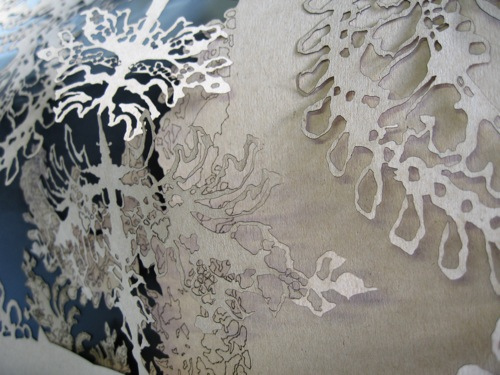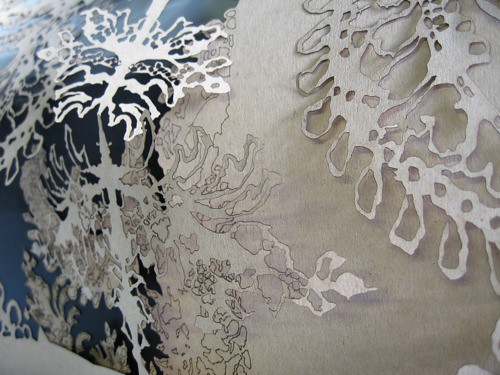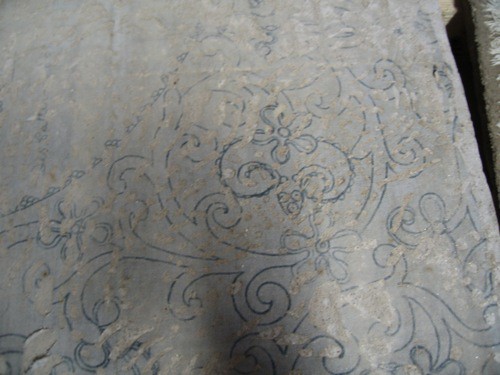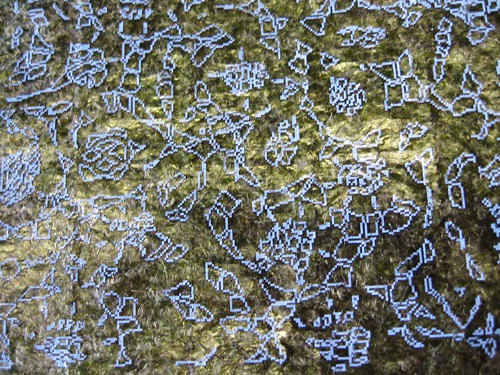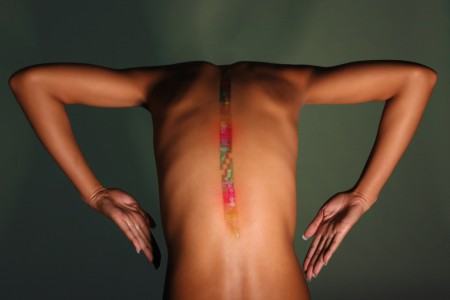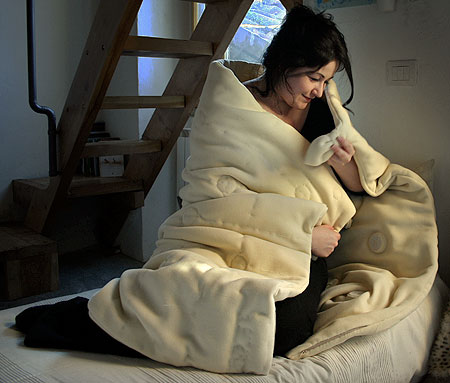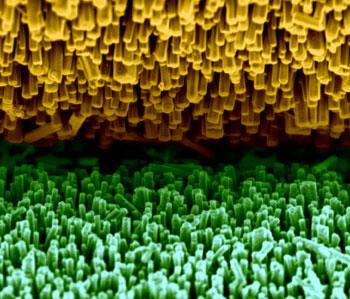CuteCircuit hosted a workshop at Interface-University of Ulster, Belfast, that explored smart textiles and soft circuits. The workshop included textile designers from Interface Research Lab and resulted in some beautiful color-changing, shapeshifting, and light pattern textiles.
Rather than simply attaching displays to clothing, imagine a line of garments with gorgeous ambient displays like this integrated into the patterns that react and change depending on input from your environment or the people around.
Additional photos via Francesca [at] CuteCircuit's photostream.
